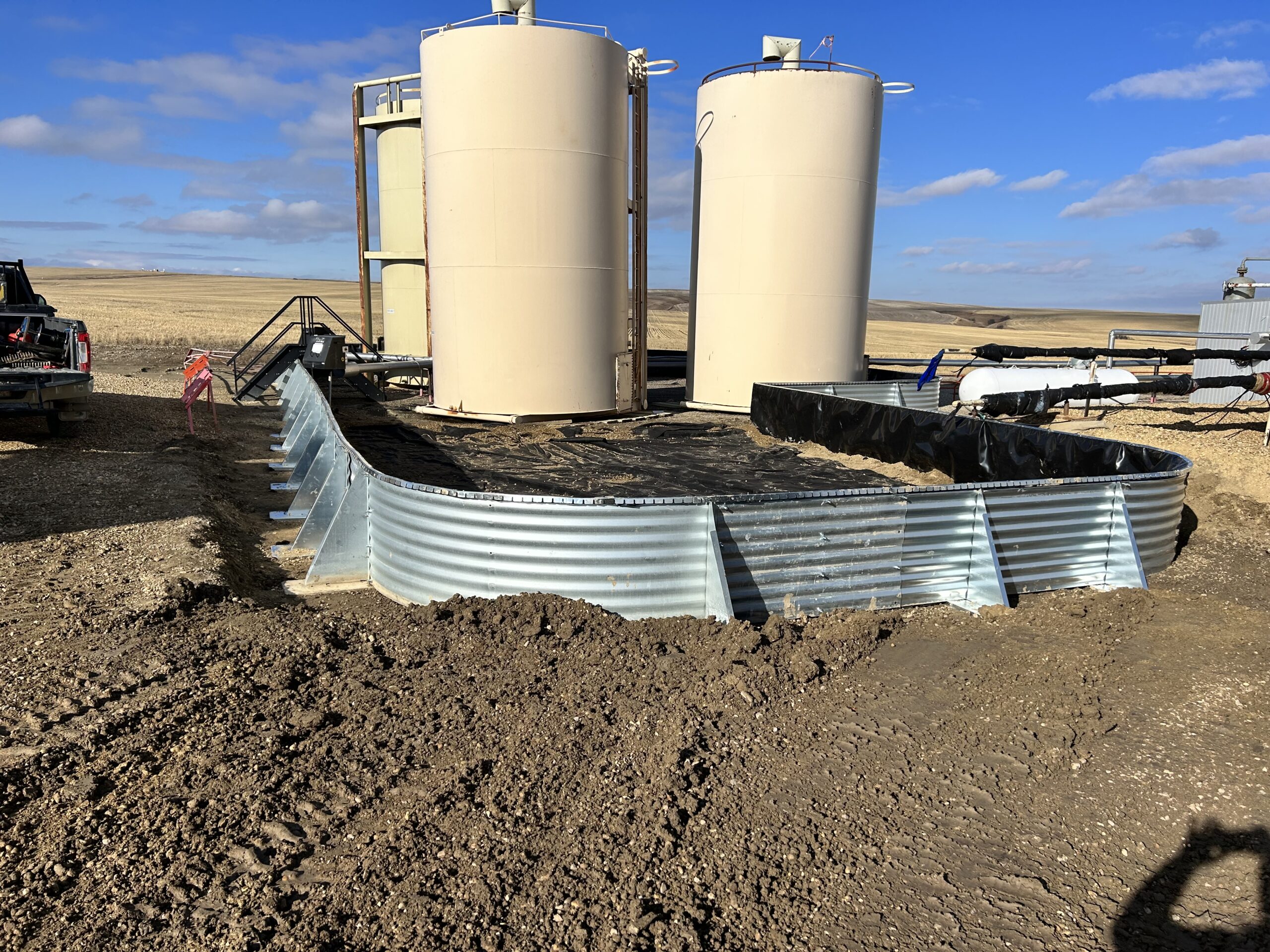When it comes to safeguarding our environment, industries in the USA are under increasing pressure to implement effective secondary containment solutions. Whether you're managing hazardous materials or striving to comply with environmental regulations, understanding secondary containment is crucial. In this article, we’ll explore seven essential tips for effective secondary containment in the USA that can help you protect both your assets and the environment, while also touching on solutions that apply to our neighbors in Canada.
Understanding Secondary Containment
Before diving into our tips, let's clarify what secondary containment is. Simply put, secondary containment refers to a system designed to prevent the release of hazardous substances into the environment. This is achieved by surrounding primary storage areas—like tanks or containers—with additional barriers. In the USA, this is a vital practice for businesses dealing with toxic materials, and it's equally important for those in Canada. Implementing effective secondary containment solutions can mitigate risks and ensure compliance with local and federal regulations.
1. Know the Regulations
The first step in establishing effective secondary containment in the USA is to understand the regulations that govern your industry. The Environmental Protection Agency (EPA) has specific guidelines for secondary containment, especially for facilities that store hazardous substances. Familiarize yourself with these regulations, as well as any local laws, to ensure your containment systems are compliant. If you're in Canada, reviewing the Canadian Environmental Protection Act (CEPA) is equally important.
Why It Matters:
Understanding the legal landscape will not only keep you compliant but also protect your reputation and financial health. Non-compliance can lead to hefty fines and legal issues.
2. Assess Your Needs
Different industries have different needs when it comes to secondary containment. Evaluate the types and quantities of hazardous materials you store and use. This will help you determine the appropriate size, type, and design of your containment system.
Examples of Considerations:
- Type of Material: Different substances react differently to various containment materials.
- Volume: Larger quantities may require more robust solutions.
- Location: Indoor versus outdoor storage can impact your design choices.
3. Choose the Right Materials
Selecting the right materials for your secondary containment system is essential. Look for materials that are resistant to the chemicals you’re storing. Common materials include polyethylene, steel, and concrete. Each has its pros and cons, so consider factors like durability, cost, and ease of installation.
Tips for Material Selection:
- Polyethylene: Lightweight and resistant to corrosion, making it ideal for many applications.

- Steel: Strong and durable, but may be prone to rust without proper coatings.
- Concrete: Offers excellent durability but can be more expensive and labor-intensive to install.
4. Design for Accessibility
Your secondary containment systems should not only be effective but also accessible for maintenance and inspections. Design your containment area with accessibility in mind. This means ensuring that personnel can easily reach the area for regular checks and repairs without compromising safety.
Considerations for Accessibility:
- Clear Pathways: Ensure that access routes are free of obstructions.
- Regular Inspections: Schedule routine checks to identify any leaks or structural issues.
5. Conduct Regular Inspections and Maintenance
Implement a rigorous inspection and maintenance schedule for your secondary containment solutions. Secondary Containment USA help identify any potential failures before they become serious problems. Look for signs of wear and tear, corrosion, or leaks, and address them promptly.
Best Practices for Maintenance:
- Monthly Inspections: Check for structural integrity and signs of leaks.
- Documentation: Keep a log of inspections and maintenance activities for accountability and compliance.
6. Train Your Team
Even the best secondary containment systems can fail if your team isn’t adequately trained. Ensure that all employees involved in handling hazardous materials are well-versed in the importance of secondary containment and know how to respond in case of a leak.
Training Topics to Cover:
- Emergency Response: Procedures for responding to spills or leaks.
- Proper Handling: Best practices for transferring and storing hazardous materials.
7. Explore Innovative Solutions
The field of secondary containment is constantly evolving, with new technologies and materials emerging. Stay informed about the latest secondary containment solutions that could enhance your operations. Innovations such as flexible containment berms, spill pallets, and monitoring sensors can significantly improve your containment practices.
Examples of Innovative Solutions:
- Flexible Containment Berms: Ideal for temporary storage or spill response.
- Monitoring Sensors: Automatically alert you to leaks or breaches in your containment systems.
Closing Paragraph
In conclusion, effective secondary containment in the USA is not just about compliance; it's about protecting our environment, ensuring safety, and safeguarding your business. By understanding regulations, assessing your needs, choosing the right materials, ensuring accessibility, conducting regular inspections, training your team, and exploring innovative solutions, you can create a robust secondary containment strategy. Whether you're in the USA or Canada, the principles remain the same—prioritize safety and effectiveness to ensure that your operations are secure and environmentally responsible. Remember, investing in secondary containment solutions is not just a regulatory requirement; it's a commitment to sustainability and safety for everyone.